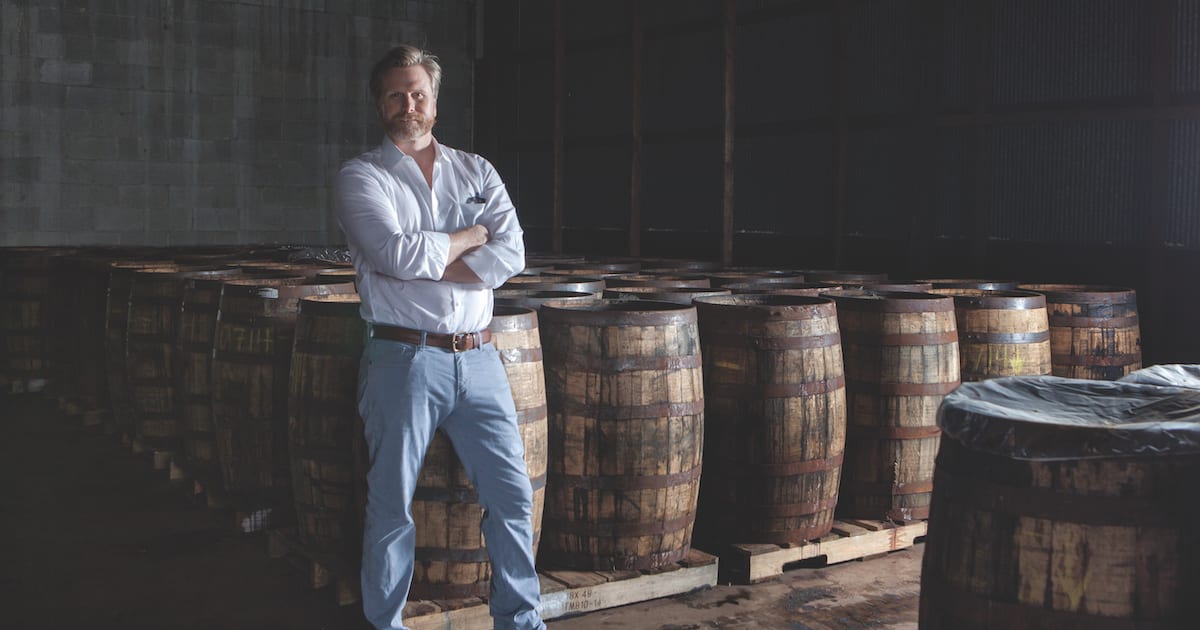Matt Jamie, founder of Kentucky’s Bourbon Barrel Foods, brings his soy sauce game to new levels from Louisville to Tokyo
I am sitting with Matt Jamie in his office on the eve of his most symbolically important trip since he started making micro-brewed soy sauce in Louisville, Kentucky ten years ago. This is his first trip to Japan. Ever. His excitement alternates with his anxiety. He’s been invited to the largest food exposition in Tokyo to introduce his small-batch soy sauce to the food buyers of Japan. If there was ever a Super Bowl moment for him, this is it. I ask if he’s had a chance to really ponder the absurdity of it all. A blond, blue-eyed native Louisvillian, who has never studied under the master soy sauce brewers of Japan, is invited to showcase his soy sauce to be sampled alongside native artisans whose families have been making it for generations. That is big. It would be like any born and bred American presenting his Pinot Noir to the French or his grain mustard to the Germans. It just doesn’t happen.
I ask Matt what it feels like. In response, he asks me to tell him again about the time American wines (Californian wines, specifically) beat out their French counterparts. They called it the 1976 Judgement of Paris. It was a blind tasting and the Americans won; a moment that went down in oenophile history as forever changing the perception of American wines. “Yeah, it’s like that,” he says in a calm but tense drawl. “That’s how I feel.”
The Early Years, Leaks and All
This is Matt’s tenth year making soy sauce. In that time, his business has grown along with his confidence. He knows his soy sauce is good. Good enough to impress anyone. Good enough to take to Japan. But this wasn’t always the case. In 2006, with help from his family and a small business administrator loan, he rented a 1,300-square-foot facility to flesh out his idea of micro-brewing soy sauce. His culinary training up to that point included a stint in the kitchen at a Gainesville, Florida restaurant and a few years waiting tables in Louisville. Not exactly an impressive food-industry resume. But Matt knew flavor. And he had always had a knack for market trends. Soy sauce was already a household ingredient, but the artisan versions from Asia were either unavailable or too expensive to be used as an everyday kitchen item. His idea was to mimic the art of Japanese soy sauce-making, so he purchased a cypress tank and custom built a hand-cranked press. He sourced out local non-GMO soy beans and local yeast strains. He scoured the Internet for any and all tips on how to commercially brew soy sauce. His was an education earned through trial and error. His first batches were good but he couldn’t stop the cypress tanks from leaking. The voices of all his doubters echoed in his head.
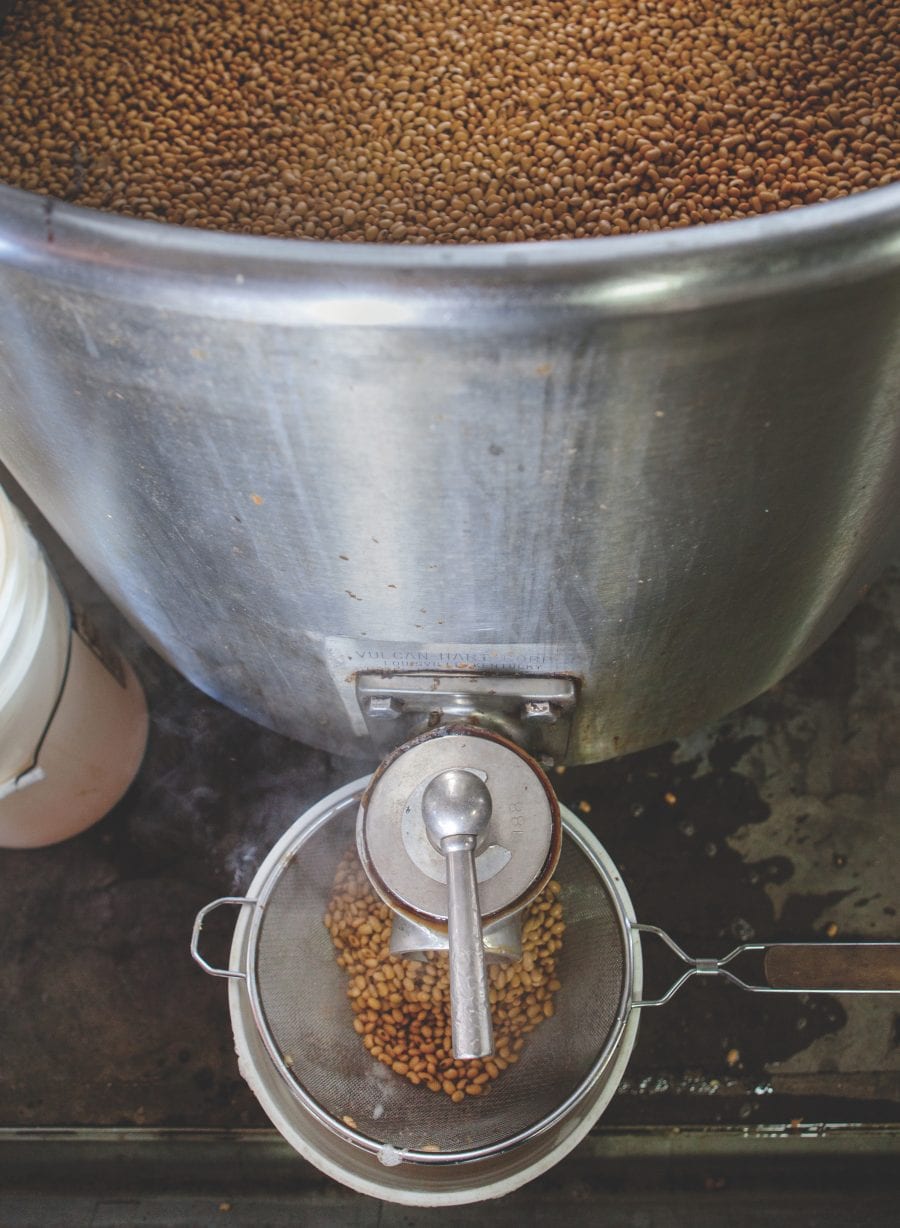
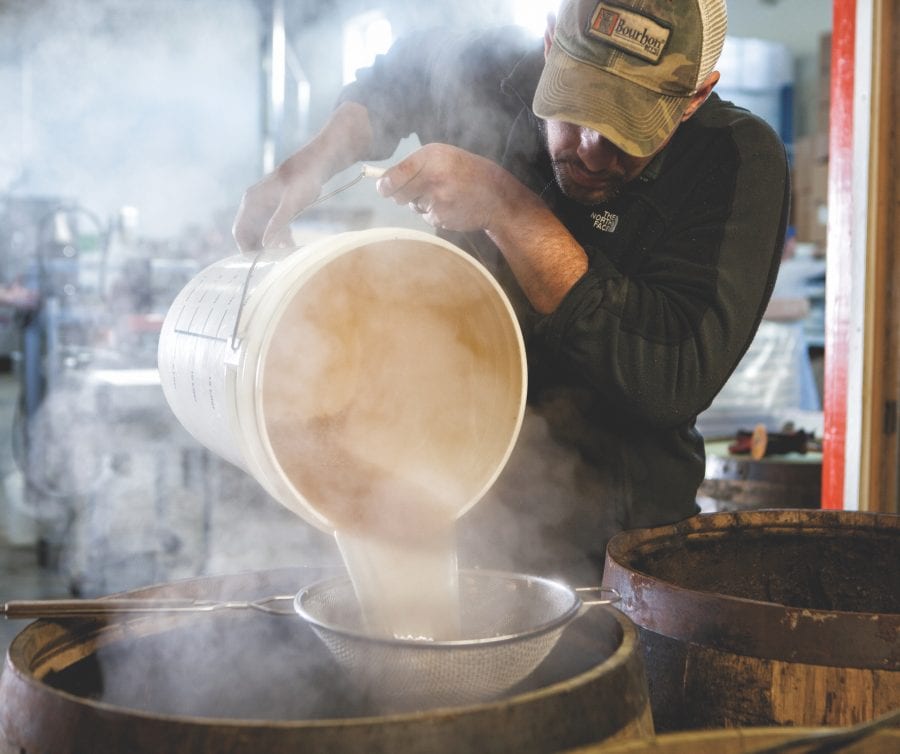
A Call to the New York Times
Then, he fortuitously happened upon an article about soy sauce written by New York Times food writer Mark Bittman. It inspired Matt to such a degree that he picked up the phone and called the paper, hoping to just leave a message for Bittman. To his surprise, they patched him right through. Mark was generous with sharing his notes. They talked about tradition and methods. Then they talked about the leaking tanks and the subject of bourbon barrels came up. Despite the fact that they didn’t leak, Matt was against using bourbon barrels because he was so obsessed with mimicking the Japanese traditions. But something clicked for Matt as Mark’s voice lit up as he told him: “That completes your story.” The rise of bourbon was gaining momentum but it had not yet reached fever pitch. Bourbon and soy sauce. It made perfect sense– combining two flavors, two heritages.
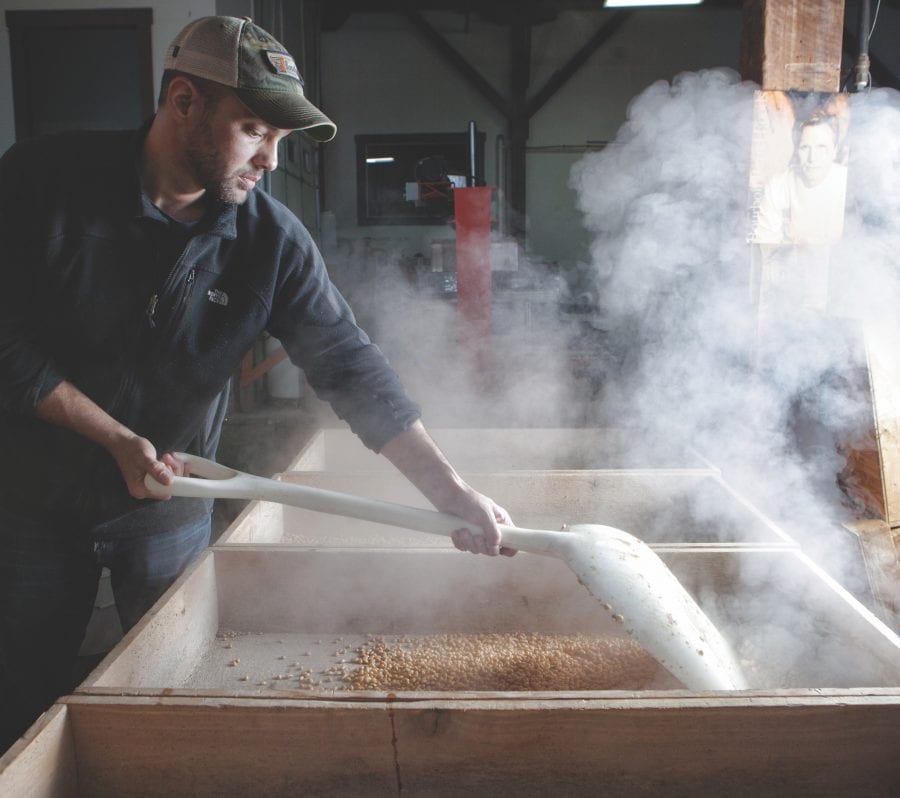
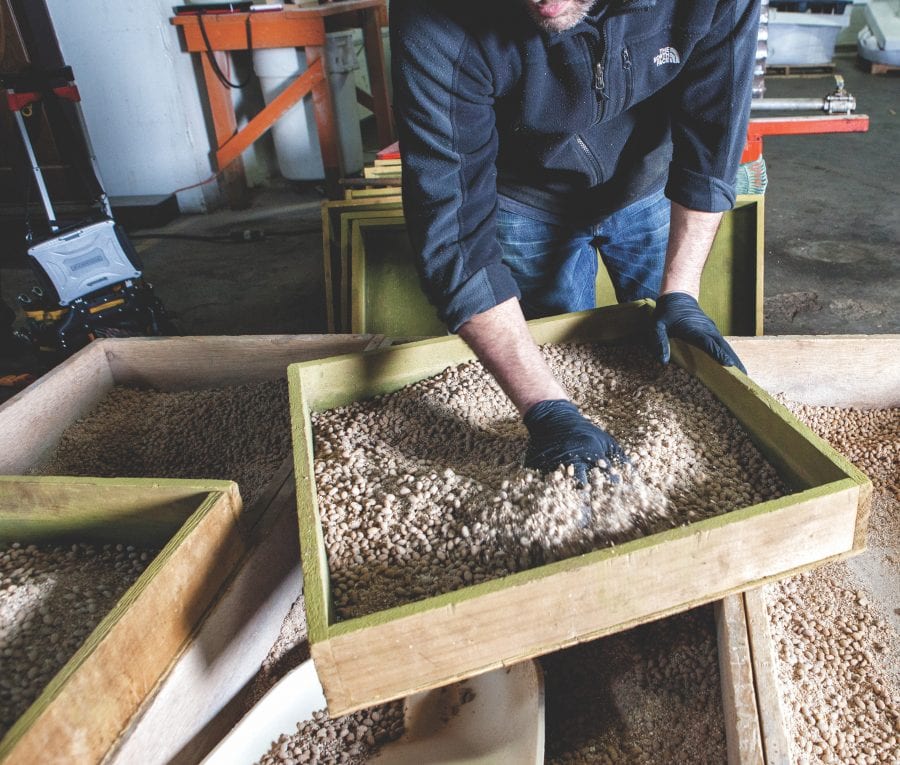
Bourbon Barrel
“What I never would have predicted was how insane the bourbon thing was going to get.” When he started this business in 2006, the distillers were more than happy to give Matt all the used bourbon barrels for free. Now he pays top dollar as these barrels are as sought after as the bourbon itself. The industry of re-purposing spent bourbon barrels has skyrocketed with producers aging everything from fish sauce to maple syrup to beer in them. But Matt was one of the first to see this potential. “Back then, I was riding the coattails of the bourbon industry and now it seems like I am a part of the culture that is propelling it forward.” His company, Bourbon Barrel Foods, now resides in a 30,000-square foot factory and is an ambassador to all things bourbon. His product line has expanded to include smoked spices, sugars, sorghum, vanilla, and a line of bitters. But soy sauce remains the backbone of his business, with production doubling every few years. Bourbon Barrel Foods has become a new tradition here: Kentuckians beam with pride when they see his products on shelves all over the country. What he has accomplished is a rare feat. In just ten short years, he has given the tradition of bourbon a new face for the home cooks, enthusiasts, and chefs looking for an authentic product that tastes as good as it sounds. A few years ago, he trademarked the term, Eat Your Bourbon, and in those three simple words, he encapsulated his company’s mission statement.
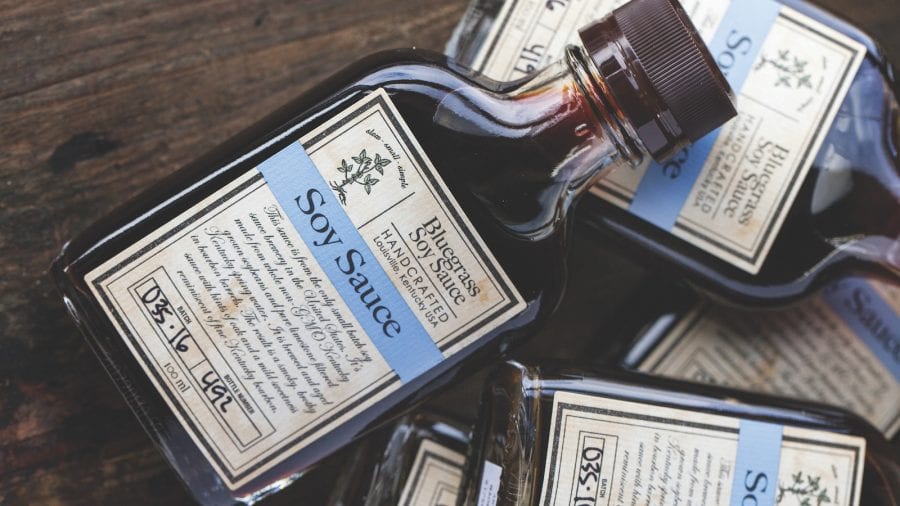
The Deeper Mission
It is a credo that is guiding him to even more new products, a retail store, a demo kitchen for cooking classes, and a forthcoming cookbook. Matt is not an easy person to pin down. He is an innovator, a marketing ace, a businessman, a flavor savant, a charmer, and a visionary. He has become a friend to chefs and a champion of the locavore movement. Writing this, I am scribbling at a furious pace to catch up with all the new projects he is telling me about. We open a few beers and taste some hot sauce samples, one of the newest products he is about to launch. He immediately identifies the one he likes, and I can see his mind already jumping to the next task at hand. I ask what motivates him to keep expanding, keep pushing. He stops for a moment and grows philosophical. “At the end of the day, I want to do this for my kids. I want them to look up to me. I want them to see what all I’ve done and feel pride of ownership.” I look down at my notes and scribble two last words before putting down my pen. “Family man.”
This story was originally published in the May 2016 Issue.
share
trending content
-
Outdoor Adventure and Historic Charm Awaits in St. Martin Parish
by TLP's Partners -
6 Things to Do Beyond Golf in Pinehurst
by TLP's Partners -
Charlottesville, Virginia Named Wine Region of the Year
-
A New Home for Lazy Betty
by Lia Picard -
Will Travel for Southern Food
by TLP Editors
More From Key Ingredient
-
Key Ingredient: Preserved Lemons
-
Key Ingredient: How Do You N’duja?
-
In Season: Persimmons
-
Key Ingredient: No Small Peanuts
-
Key Ingredient: Barbecue Pickled Cabbage





